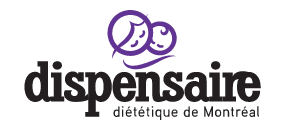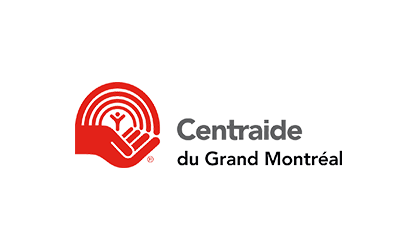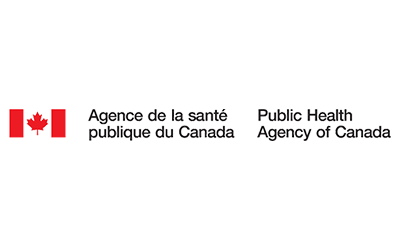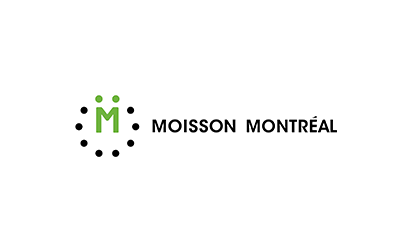Yes. There used to be a recommendation of waiting two hours before taking a multivitamin after consuming dairy product to promote better absorption of iron in the supplement, but there is no clear evidence that calcium interferes with iron absorption.
The World Health Organization (WHO) and Health Canada recommend taking a supplement containing calcium separately from an iron supplement to prevent interference between these two minerals. However, it is not shown that calcium significantly interferes with iron absorption. The impact of calcium supplementation and the quantities that may affect iron stores are still not well known. It even seems that the impact of calcium on iron absorption in a meal context is much less important than when calcium is consumed as a supplement. Furthermore, we can consider that during a meal, the presence of other foods can either increase (vitamin C, eg peppers) or decrease (phytates, eg cabbage) iron absorption.
Thus, it is not necessary to separate the iron supplement consumption from that of dairy products or supplements containing calcium, especially since this measure can limit the intake of dairy products, especially milk, a nutritious and very favorable food during pregnancy, rich in protein, vitamins and minerals.
As for PregVit® multivitamin, which includes a blue tablet containing calcium and a pink tablet containing iron:
- You may continue to follow the manufacturer’s instructions and avoid eating one hour before and one hour after taking the pink pill in the morning (the tablet containing iron).
- Invert the tablets, that is to say, take the blue tablet in the morning and the pink tablet in the afternoon.
- If forgotten, take the tablet as soon as possible.
General recommendations for prenatal multivitamins that contain calcium and iron:
- Eat at least one good source of heme iron per day (red meat, game, poultry, fish, offal)
- For vegetarians, prefer plant foods with a high content of non-heme iron (pumpkin seeds, tofu, legumes, iron-fortified cereal products).
- It is especially recommended to take the multivitamin at the time it is better tolerated, which is different from one woman to another.
- The dietary intake of dairy products (milk, yogurt, cheese), should not be limited by taking the multivitamin or eating foods rich in iron.
To learn more on ways to increase the absorption of iron, see the next edition.






